How to Test Your Bathroom Scale for Accuracy
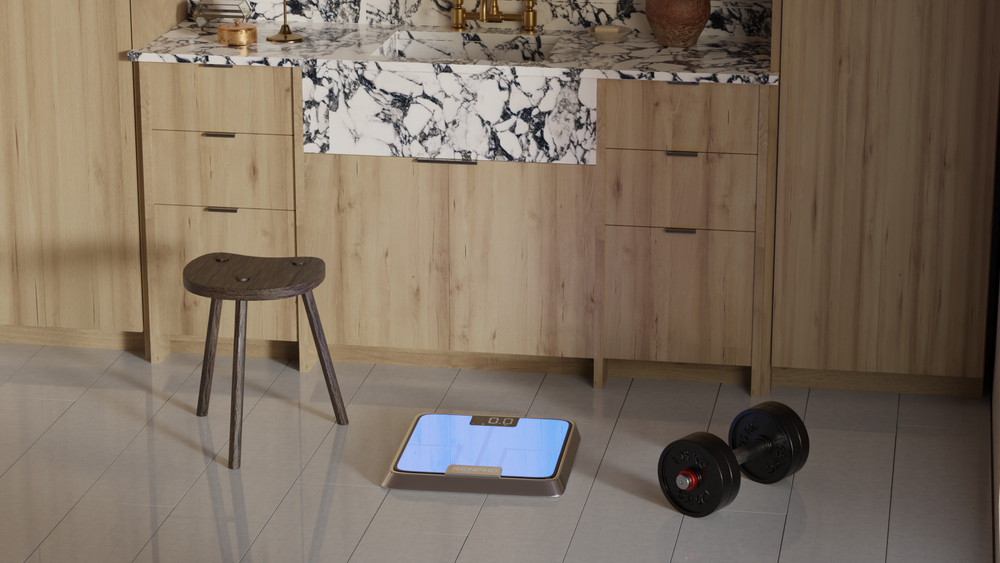
Stay tuned to our latest news
When it comes to tracking weight loss progress or monitoring our overall well-being, we rely on bathroom scales to provide accurate readings. However, have you ever questioned yourself if you have an accurate scale? After all, it's not uncommon for them to gradually lose their precision over time, potentially leading to misleading measurements and frustration.
Thankfully, there's no need to second-guess the reliability of your bathroom scale any longer. Let's go through the step-by-step process of testing one for accuracy. By following these simple yet effective methods, you can ensure that the numbers displayed on your scale truly reflect your weight, empowering you to make informed decisions about your health and fitness journey.
How Do Digital Bathroom Scales Work?

Digital bathroom scales work by utilizing a strain gauge and load cell to accurately measure weight. When weight is applied to the scale, the load cell deforms, a change detected by the strain gauge. The strain gauge then translates this physical deformation into an electrical signal, processed and displayed as weight on the digital screen.
Compared to analog scales, these scales are generally more reliable and accurate, providing consistent and precise weight measurements. However, common points of failure can include issues with the strain gauge or load cell, leading to inaccurate readings. Environmental factors such as temperature or humidity can also impact the accuracy of the scale. Additionally, improper calibration or damage to the scale can lead to unreliable measurements.
Regular maintenance, calibration, and care can help mitigate these potential points of failure and ensure the accuracy of digital bathroom scales. Overall, when functioning properly, these scales provide a convenient and accurate way to monitor weight.
Why is Scale Calibration Important?

Scale calibration is important for several reasons. Firstly, it ensures accuracy in the measurements provided by the scale. Factors like regular use, temperature changes, and mechanical stress can affect a scale's performance over time, leading to inaccuracies. Calibration helps identify any discrepancies and ensures that the scale provides precise readings.
Secondly, calibration helps maintain consistency in measurements, which is crucial when tracking health and fitness goals. By regularly calibrating the scale, you can rely on consistent and accurate readings, allowing for reliable comparisons over time. This is essential for making informed decisions and effectively tracking progress.
Lastly, regular calibration can extend the lifespan of the scale. By identifying potential issues or malfunctions early on, timely repairs or adjustments can be made, preventing further damage and saving costs on replacements.
Recalibrating your scale regularly also allows you to maintain accuracy. If you don’t know how to recalibrate your RENPHO Smart Body Scale, here’s a short guide to help you.
Why Is It Important for Bathroom Scales to be Accurate?

Accuracy holds particular significance in smart scales because they provide more than just weight measurements. They often offer additional metrics such as body fat percentage, muscle mass, bone density, and water weight, which are important for individuals monitoring their overall health and fitness.
Accurate measurements empower users to track their progress accurately over time, whether it's weight-loss, muscle gain, or overall well-being. They allow individuals to set realistic goals based on reliable data, making informed decisions regarding their fitness routines and nutrition.
In terms of health monitoring, accurate readings are crucial. Body metrics like body fat percentage, muscle mass, and bone density can provide valuable insights into a person's well-being, and accurate measurements ensure reliable monitoring of these metrics.
Accurate data is necessary for meaningful analysis. Smart scales often come with accompanying apps or software like Apple Health and Samsung Health for data analysis, and inaccurate readings can lead to skewed data and misleading interpretations.
Furthermore, accurate measurements are essential for providing personalized recommendations based on the collected data. These recommendations may include exercise routines, nutrition plans, or lifestyle adjustments. Inaccurate readings can result in misguided recommendations that may hinder progress or have adverse effects on an individual's health.
Therefore, accuracy is of utmost importance in smart scales to ensure reliable progress tracking, realistic goal setting, accurate health monitoring, meaningful data analysis, and personalized recommendations. Choosing a smart scale that prioritizes accuracy will provide users with the most valuable and reliable information for their health and fitness journeys.
Testing Your Bathroom Scale's Accuracy

Before relying on your bathroom scale for important health measurements, it's essential to ensure its accuracy. Many factors can affect a scale's reading, from its placement on the floor to whether it's on a level surface. By following a few simple testing methods, you can determine whether your scale is providing reliable readings. Whether you've noticed inconsistent results or just want to be sure, these tips will help you assess your scale's accuracy and make any necessary adjustments.
-
Hit the Tare Button
To zero out your scale, start by ensuring the scale is on a flat and level surface. Afterwards, simply press the zero or tare button to reset it.
Next, place the scale on a flat hard surface. Testing the device on the floor is important because uneven surfaces can affect the accuracy of the reading. If the scale is not accurate, it may need to be recalibrated or replaced.
By following these steps and testing the scale on the floor, you can ensure that it is properly zeroed out and provide accurate weight measurements.
-
Weigh a Familiar Item
Once the bathroom scale has been zeroed out, select a familiar item that has a known weight. For example, a bag of flour or sugar usually comes with a stated weight on the packaging. Alternatively, you can use hand weights that have a marked weight on the side.
Place the item on the scale and take note of the reading. If it matches with the stated weight of the item, then your scale is accurate. If there is a discrepancy, you may need to calibrate or replace your scale.
It's important to use a familiar item from your kitchen for this test, as it allows you to easily verify the scale's accuracy. Additionally, using a familiar item allows you to assess the functionality of the scale for practical use in your kitchen.
-
Reweigh the Same Item Repeatedly
Start by placing the object on the scale and recording the reading. Then, remove the object from the scale and place it back on again. Record the new reading. Repeat this process multiple times to obtain several readings. It is important to ensure that the readings are similar for each weigh-in, indicating that the scale is functioning properly. If the readings vary significantly, it may indicate an issue with the scale or inconsistent placement of the object. By reweighing the same object multiple times, it allows for a more accurate assessment of the object's weight and helps to identify any potential issues with the scale. This process ensures that the scale is functioning properly and provides accurate readings for the object's weight.
-
Weigh Two Items Together
To weigh two objects together, first place one of the objects on the scale and record its weight. Once the weight is recorded, remove the object from the scale. Next, repeat the process with the second object, placing it on the scale and recording its weight before removing it. After both weights are recorded, place both objects on the scale together. Check the readout to determine the accuracy of the scale. The combined weight of both objects should be the sum of the individual weights recorded earlier. If the readout matches the expected combined weight, then the scale is accurate. If it does not, then there may be an issue with the scale's calibration. By following these steps and recording the individual weights of both objects before weighing them together, you can ensure an accurate measurement of the combined weight.
-
Weigh Yourself
Lastly, start by weighing yourself without holding anything and record the reading. Then, hold an object of known weight, such as a dumbbell or a bag of flour, and step on the scale again. Record the second reading with the object.
To test the accuracy of the scale, compare the two readings. The weight recorded when holding the object should be the sum of your weight and the weight of the object. For example, if you weigh 150 pounds and hold a 10-pound dumbbell, the reading should be 160 pounds. If the scale is accurate, the difference between the two readings should be equal to the weight of the object.
This simple test can help you determine if your scale is accurate or needs to be recalibrated. If there is a significant difference between the two readings, it may be time to replace or recalibrate your scale. It's important to test the accuracy of your scale regularly to ensure accurate weight measurements.
Takeaway
Ensuring the accuracy of your bathroom scale is crucial for tracking weight loss progress and monitoring overall well-being. By following simple testing methods, such as zeroing out the scale, weighing familiar items, reweighing the same object repeatedly, weighing two items together, and weighing yourself with and without an object, you can determine if your scale is providing reliable readings. Regular calibration and maintenance are essential to maintain accuracy and consistency in measurements. Accurate readings are particularly important in smart scales that offer additional metrics beyond weight, such as body fat percentage, muscle mass, and bone density. Reliable data enables users to set realistic goals, make informed decisions about fitness and nutrition, monitor health effectively, and receive personalized recommendations. Choosing a smart scale that prioritizes accuracy will provide the most valuable and reliable information for your health and fitness journey.
Renpho Health Tips
-
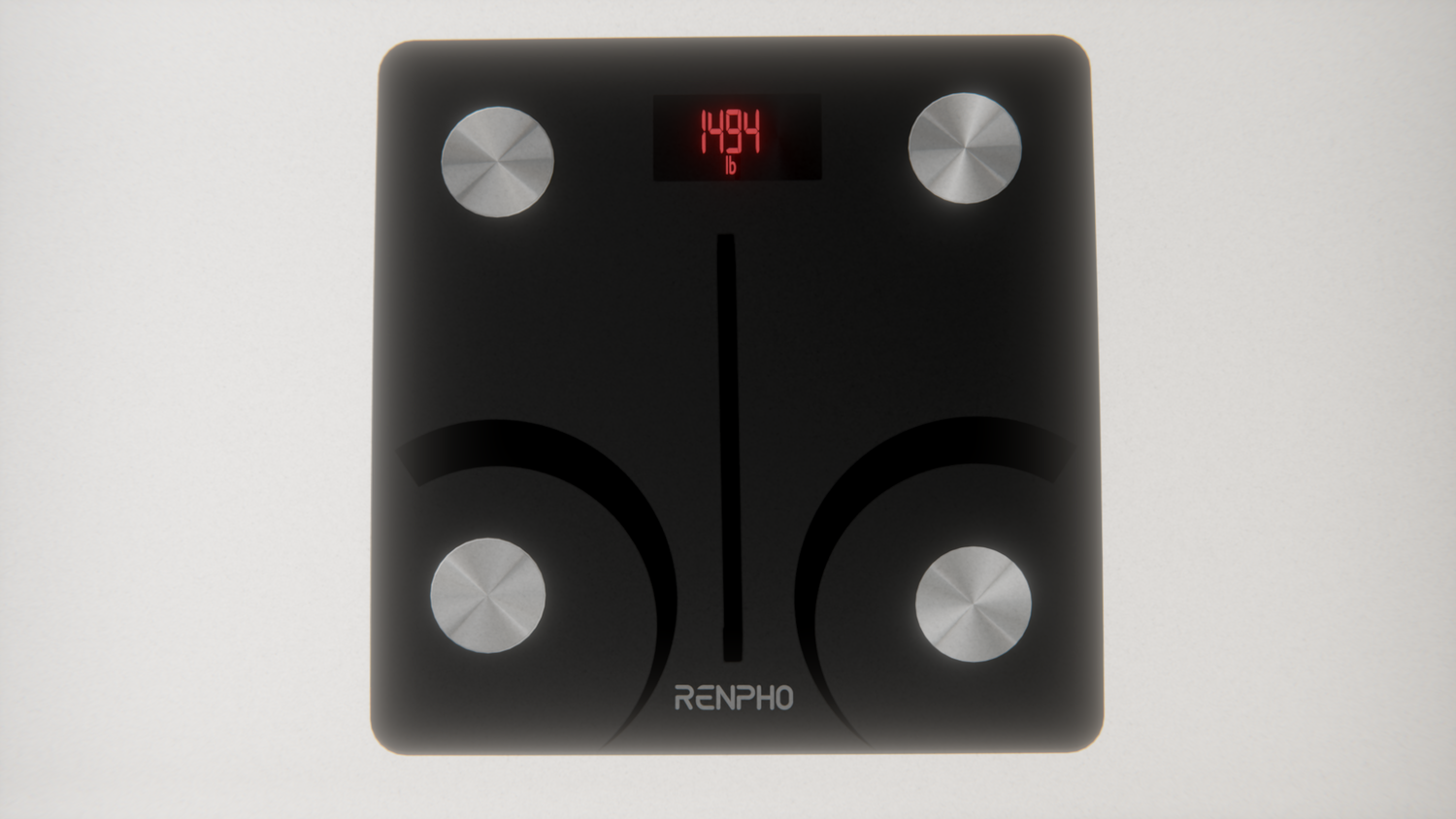
Why You Need a Smart Body Scale in 2024
January 25, 2024
Read more >
-
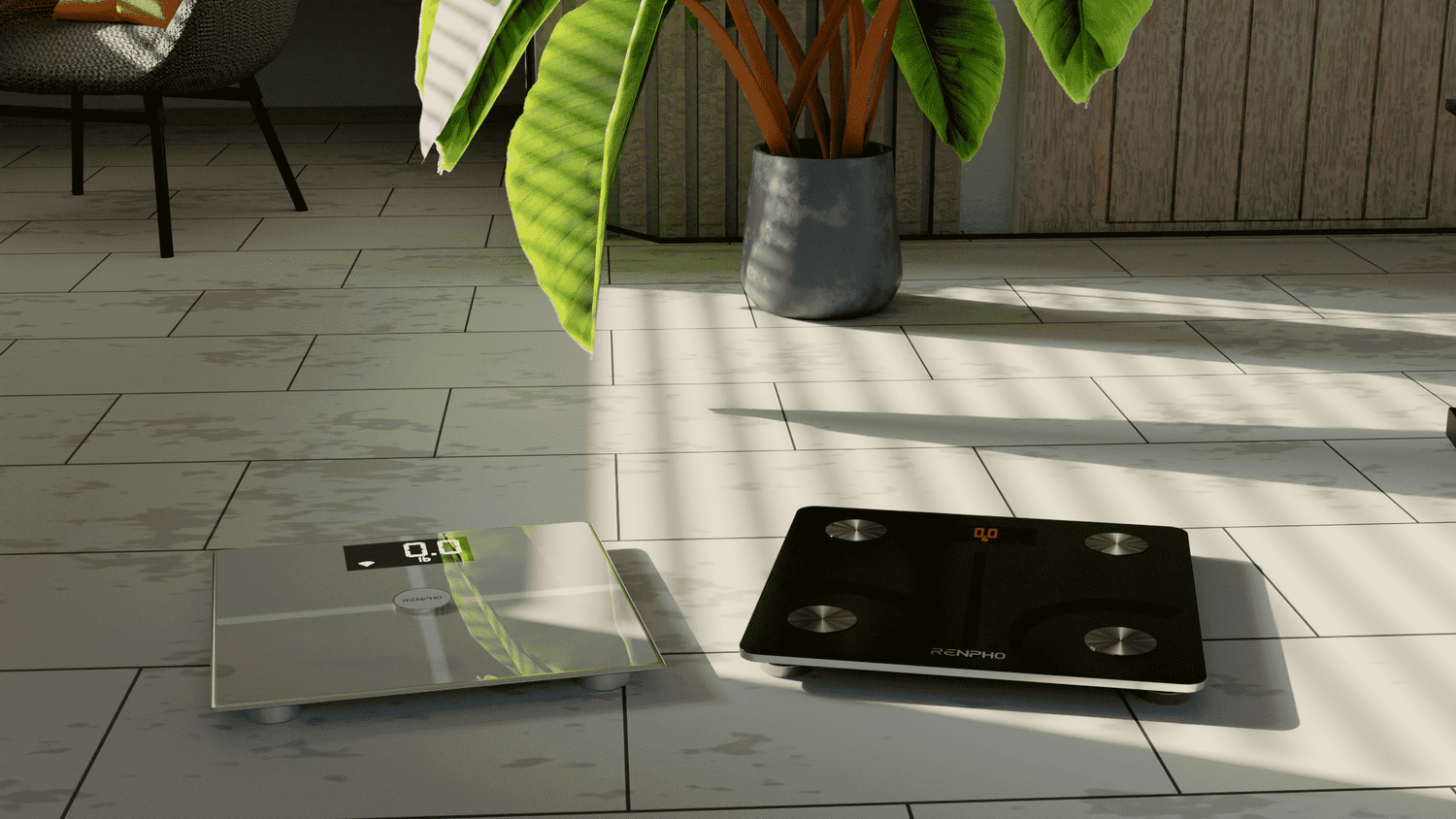
Why You Should Buy an Easy Setup Scale ASAP
January 22, 2024
Read more >
-
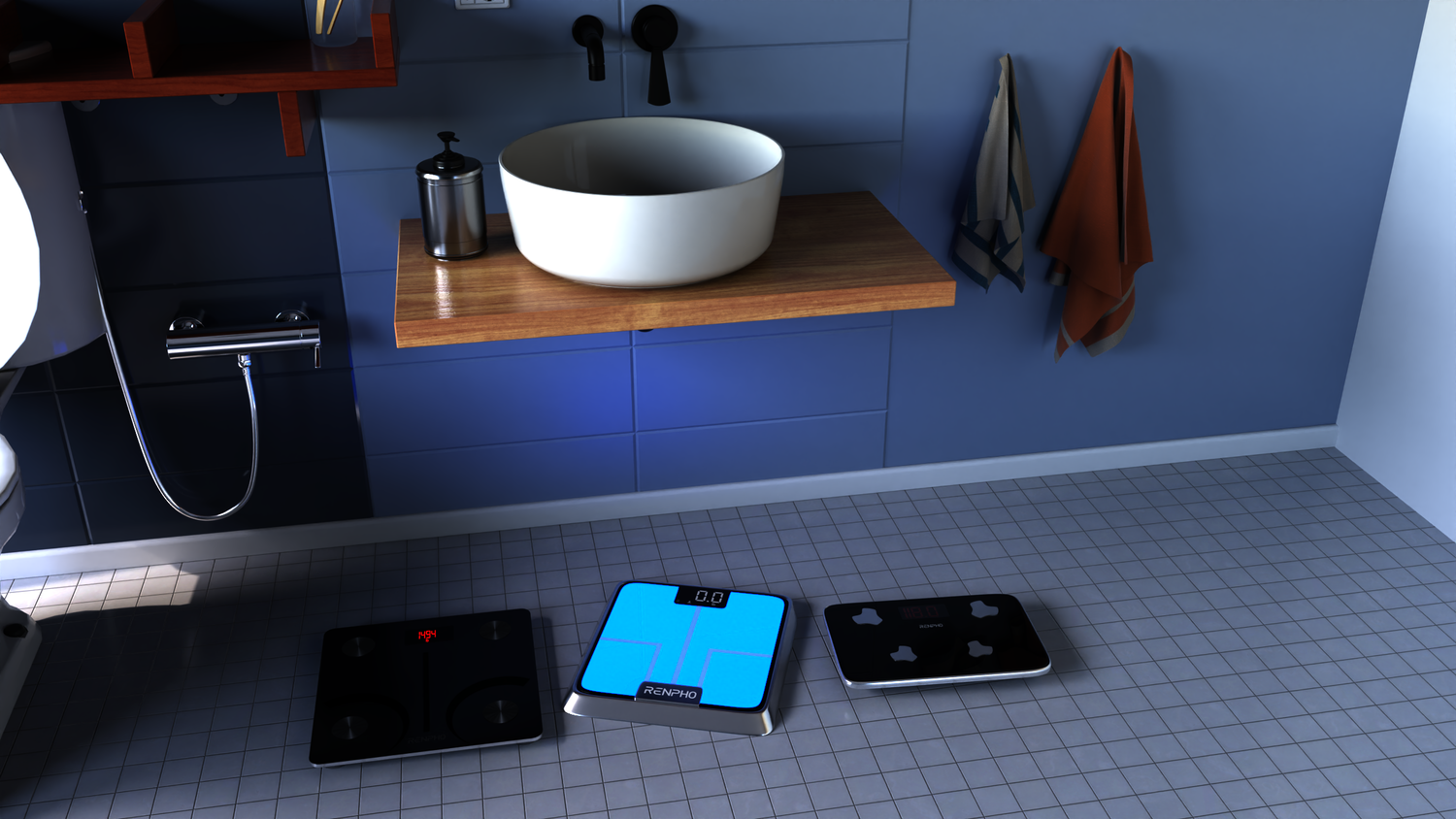
How Long Do Bathroom Scales Last and When to Replace Them?
January 18, 2024
Read more >
-
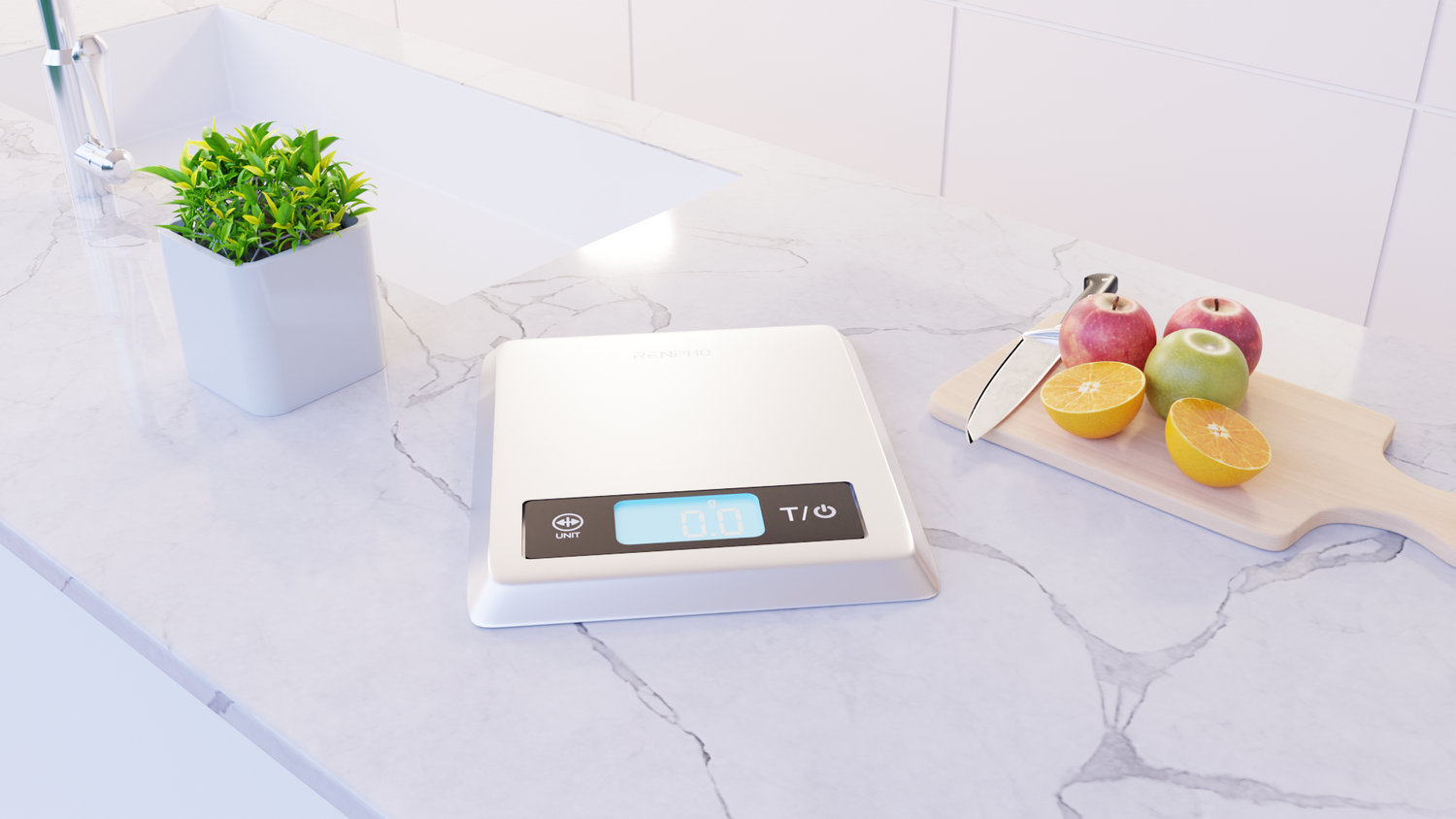
Beginner's Guide on How to Use Digital Scales for Food
January 16, 2024
Read more >
-
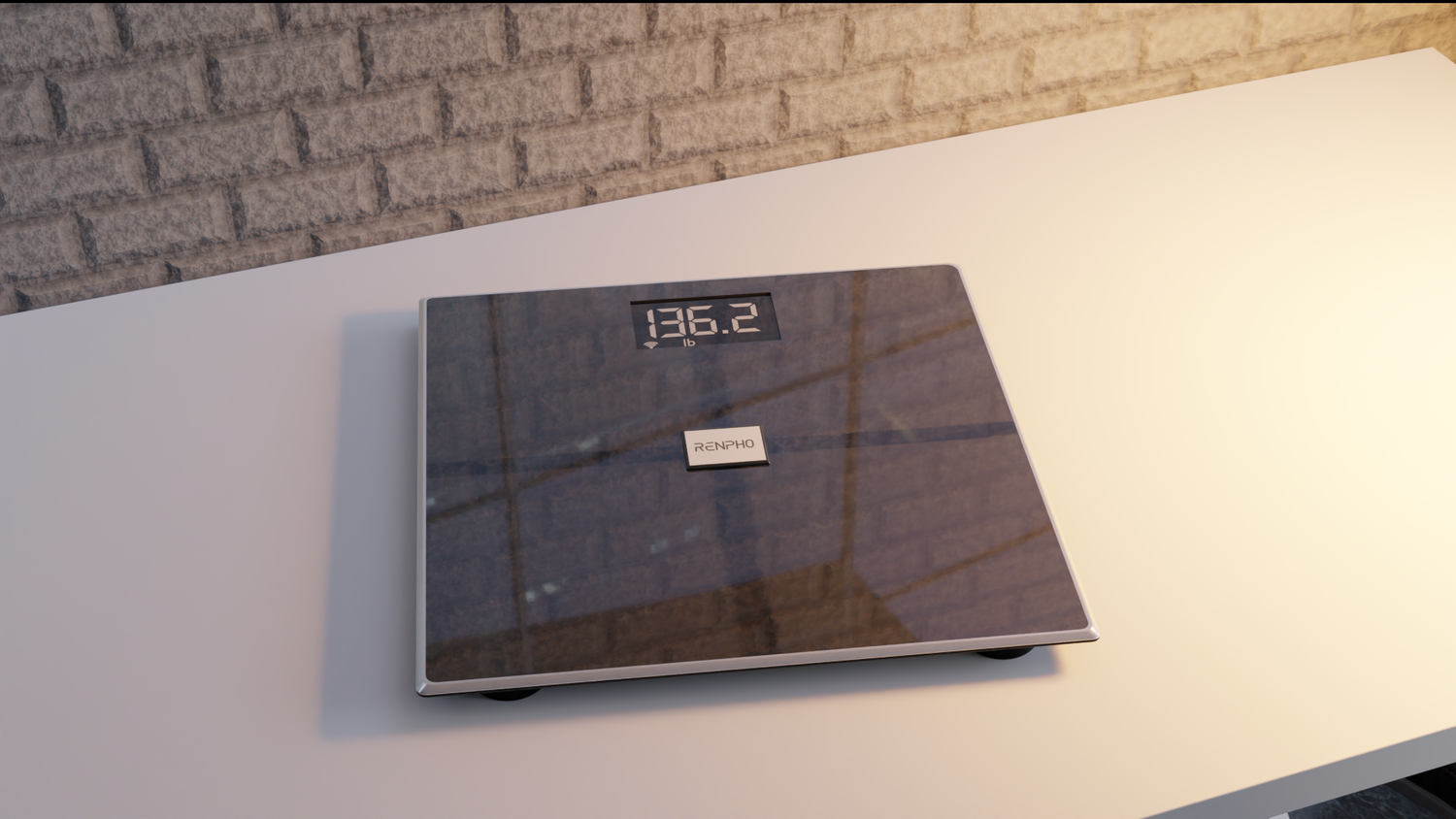
5 Reasons Why Your Digital Scale Is Inaccurate
January 12, 2024
Read more >





